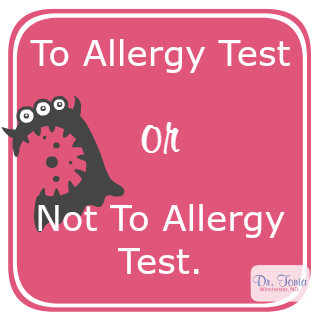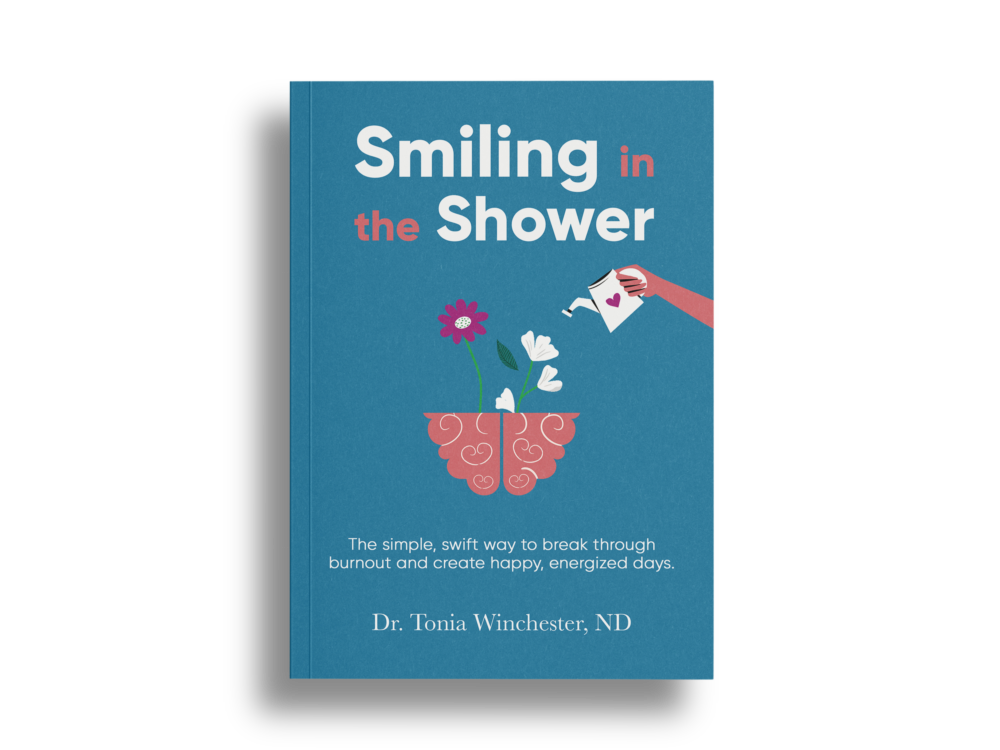 I get a lot of patients ask me about allergy testing. They say, “I just want to know what I’m allergic to.”
I get a lot of patients ask me about allergy testing. They say, “I just want to know what I’m allergic to.”
I hear that.
Why wouldn’t you want to know about the foods that are essentially poison to YOUR body? Especially if they are generally considered health-promoting foods. The wrong foods can turn you into an unhealthy monster.
To be honest I’m not a fan of expensive testing because they are not as clinically useful as elimination / reintroduction program such as the Plan.
Let me explain.
There are several ways our bodies can react to food. This is a modified version of an article I posted on the Plan Facebook page.
Immediate Reactivity
First we can see an immediate, potentially life threatening allergy. Here we see varying degrees of hives, swelling of the lips and tongue, and potentially the lung tubes leading to what is called anaphylaxis.
It’s scary stuff because With each subsequent exposure to the allergen the reaction tends be be more severe. This is mediated by the immune system with a type of antibody called IgE which can be measured in the blood.
Most people know what these foods are because they’ve had a run in with them already.
(By the way these reactions can be calmed down by eating for YOUR biochemistry and with the help of certain supplements such as MSM. That being said, if you need to carry an epi pen, please continue to do so.)
Delayed Reactivity
There are other blood tests we can do for different antibodies called IgG that tend to create a more delayed symptom response – where it may take 3-5 days for them to pop up. This type of testing you may have heard of, a common one is the ALCAT test, costing several hundreds of dollars.
But what if your reaction to the food is not related to antibodies? That food will appear on the test as a false negative.
Another problem with these tests is the results will be altered depending on several factors including:
- seasonal allergies
- stress
- hormones
- and lack of food rotation / variety.
There is also a consumption bias in the testing. For example if you eat egg whites a week before your test, it might show up as a reaction when it may be a perfectly friendly food for you (a false positive). But because the proteins from that egg white are in your system, there might be anti-body production. However, that doesn’t mean it’s a reactive food for you. Over time if you eat the egg whites every day – that could develop into a sensitivity.
On the flip side if there is a food that you haven’t had in your diet for a while there is an absense bias in the testing – so it will show up as negative when it may be reactive (another false negative).
The effects of these variables CANNOT be underestimated when it comes to the results of these food allergy tests.
Intolerances
Another “measurable” way food can be reactive is having an intolerance. This is when you lack the digestive components necessary to properly digest the food.
Commonly we think of lactose intolerance which occurs when you lack the enzyme lactase to properly digest the sugar lactose in the dairy products. (Side note: most humans lose this capacity just past infancy. Ever notice that no other mammals eat milk past infancy or eat another animals milk? Curious, eh?)
Goitrogens
A great example of a reaction that wouldn’t be “measured” in a lab is the response to goitrogens – spinach, strawberries, walnuts, swiss chard, and arugula to name a few. Goitrogen consumption will lead to a decrease in thyroid function, measured by your basal body temperature (BBT – taken first thing in the morning). That’s a food reaction.
The fancy testing won’t tell you this though, because the reaction is not mediated by antibodies that can be measured in the blood. Make sense?
Other Tests
There are other, more energetically based tests I suggest on occasion but generally I recommend the Plan. The more and more I see people benefiting from it, the more I recommend it over other tests. And I keep seeing people benefit from it.
Reactivity is reactivity
At the end of the day all the varieties of reactions will cause an increase in histamine. Remember? The body’s secret frenemy?
There is then a chemical cascade where we see inflammation, and short term water retention (what we see on the scale after a reactive day when doing the Plan,) in addition to increase in cortisol and the triggering of long term fat storage.
We also see insulin resistance, sugar imbalance, and thyroid dysfunction which slows metabolism and disrupts our reproductive hormones.
Oy!!
I’m not done.
We see a kick up of yeast, creating sluggish digestion, and further inflammation and sugar imbalance.
Basically we have a choice.
What you put in your body (in this case food) can be your medicine, or your poison. (Guess which one I recommend?) (Tweet it!)
(Just so there is ABSOLUTELY no confusion I suggest to the best of your ability to use FOOD AS MEDICINE.)
So I tell my patients who ask me about allergy testing, “Well, you can spend hundreds of dollars on a test that will tell us about one type of food reactivity. Or by the time it would take to get the results back, you can spend 20 days testing foods you love and finding out what you CAN eat (the tests tell you what you can’t eat). You can be your own lab, experimenting with foods, measuring your weight and your BBT. That’s your data. In the process, your body starts healing and you start feeling better right away. More data. Totally your choice!”









